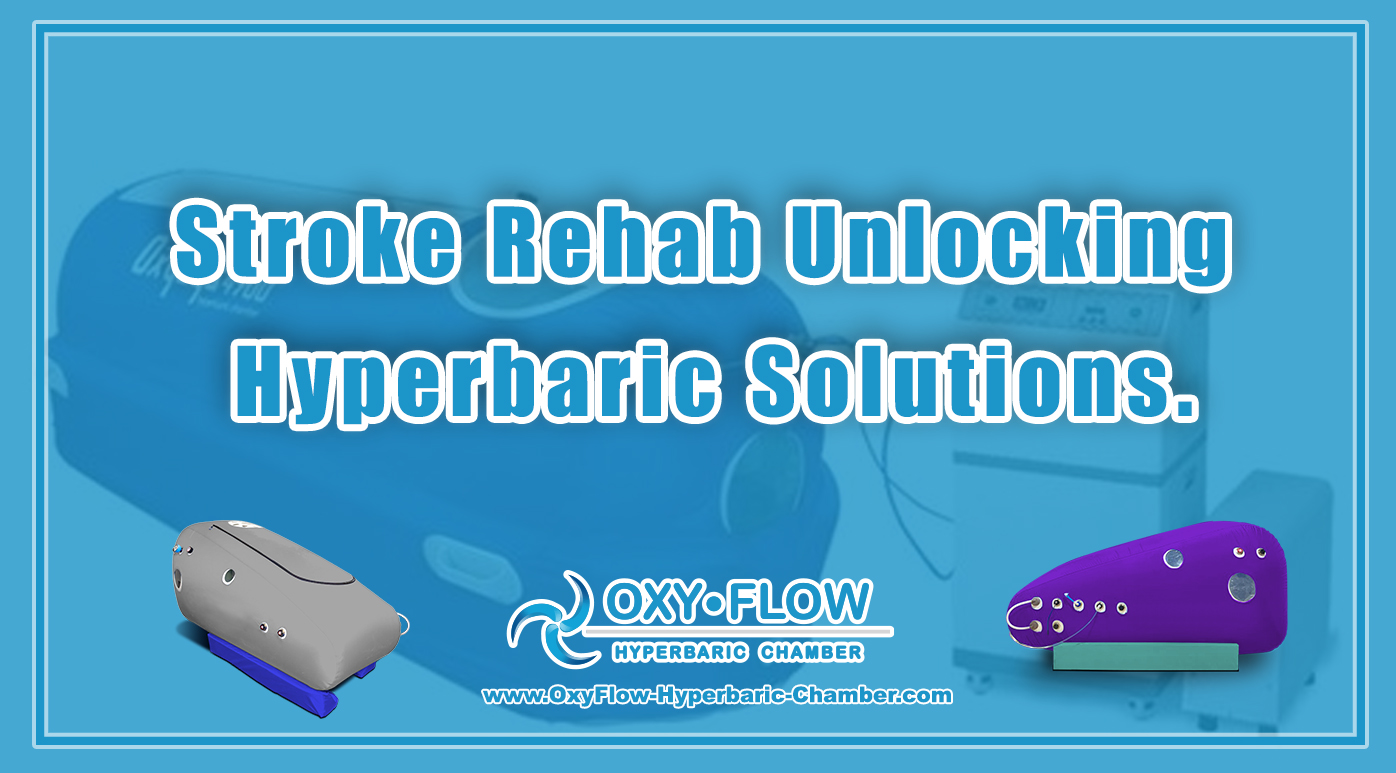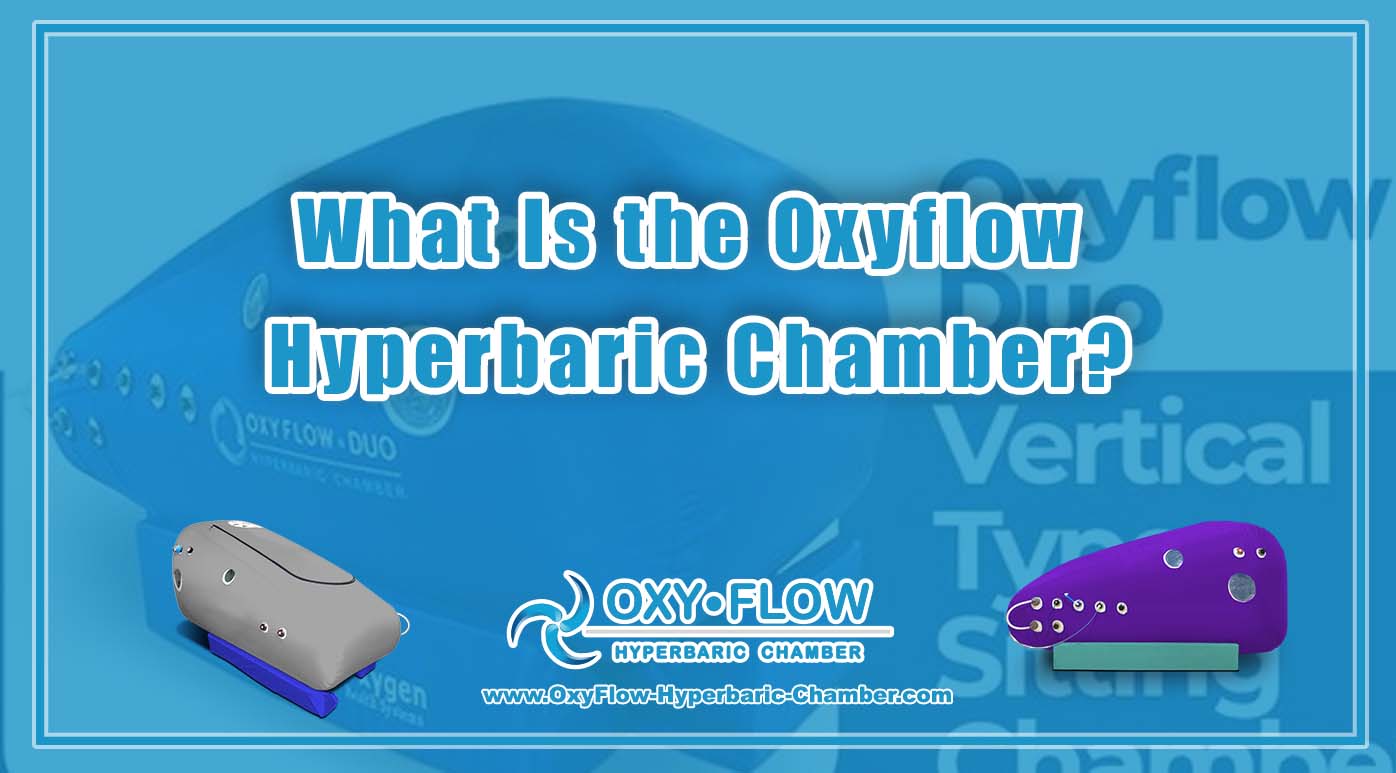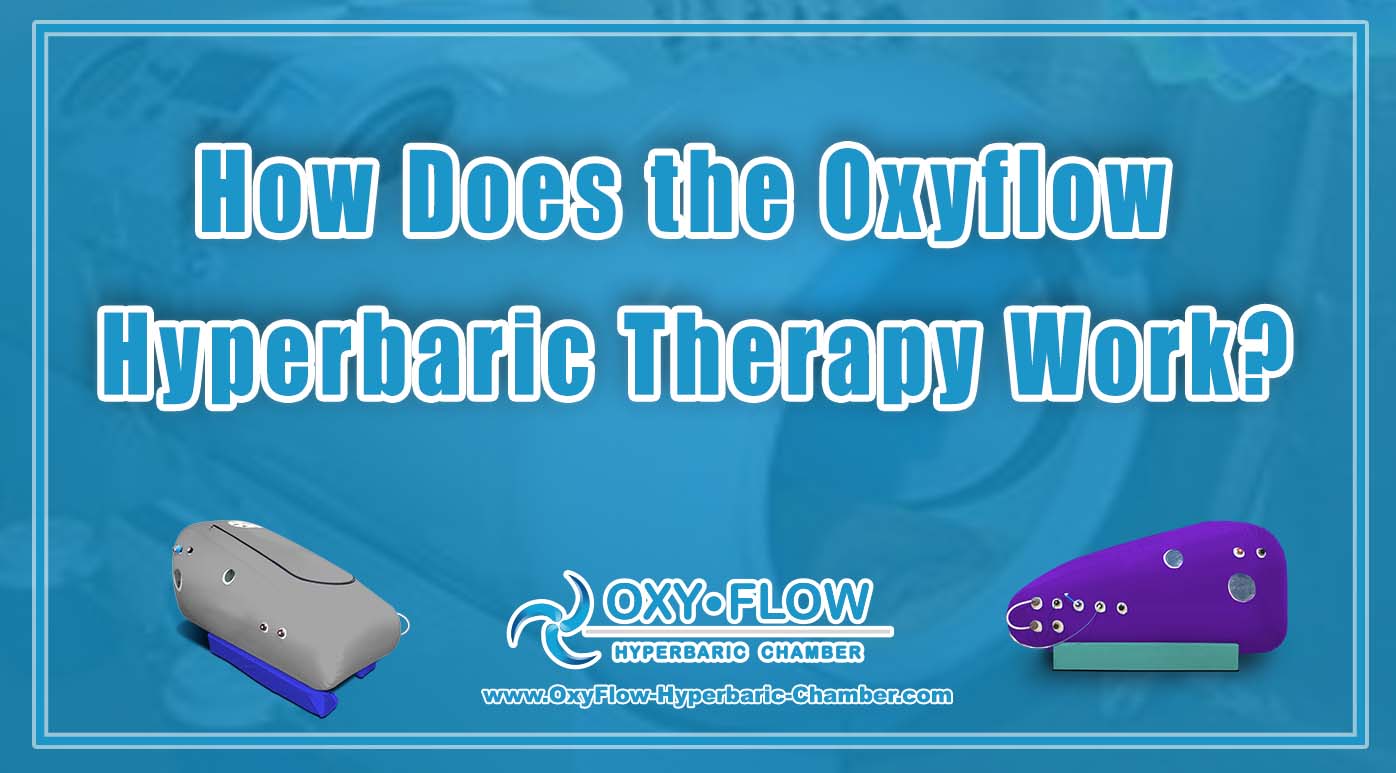
Stroke Rehab | Unlocking Hyperbaric Solutions.
Stroke Rehab | Unlocking Hyperbaric Solutions.

Stroke is a debilitating condition that can have a profound impact on a person’s quality of life. The road to recovery from a stroke can be challenging, requiring a comprehensive and personalized rehabilitation program. One innovative approach that has shown promise in stroke rehab is hyperbaric oxygen therapy (HBOT). In this article, we will explore how HBOT can be an effective tool in stroke recovery and rehabilitation.
Understanding Stroke and its Impact.
A stroke occurs when there is a disruption in the blood supply to the brain, leading to a lack of oxygen and nutrients. This can result in brain damage and a range of symptoms, including paralysis, speech difficulties, and cognitive impairments. Stroke survivors often face a long and arduous journey to regain lost function and independence.
Stroke rehab aims to address these challenges by helping patients relearn skills and regain strength and mobility. Traditional approaches to stroke rehab often include physical therapy, occupational therapy, and speech therapy. While these methods can be effective, some patients may benefit from additional treatments to expedite their recovery.
The Role of Hyperbaric Oxygen Therapy in Stroke Rehab.
Hyperbaric oxygen therapy involves breathing pure oxygen in a pressurized environment, allowing the lungs to absorb more oxygen than they would when breathing regular air. This increased oxygen supply can promote healing and tissue regeneration, making it a promising option for stroke survivors.
The increased oxygen levels can help reduce inflammation, promote the growth of new blood vessels, and enhance the brain’s ability to repair itself. These effects can aid in the recovery process and support neuroplasticity, the brain’s ability to reorganize and form new connections.
Evidence Supporting HBOT in Stroke Recovery.
Research on the use of HBOT in stroke rehab is still emerging, but early studies have shown promising results. A systematic review published in the journal Stroke Research and Treatment found that HBOT was associated with improvements in motor function, activities of daily living, and quality of life in stroke patients.
Another study published in PLoS ONE reported that HBOT led to significant improvements in cognitive function and quality of life in stroke survivors. These findings suggest that HBOT may have the potential to enhance.
Incorporating HBOT into Stroke Rehab Programs.
Integrating HBOT into stroke rehab programs requires a multidisciplinary approach and careful consideration of each patient’s needs and goals. A comprehensive assessment by a healthcare team, including physicians, therapists, and hyperbaric specialists, can help determine if HBOT is a suitable option for a particular individual.
During HBOT sessions, patients lie comfortably in a pressurized chamber while breathing pure oxygen. The duration and frequency of sessions can vary depending on the patient’s condition and response to treatment. In some cases, HBOT may be used as a standalone therapy, while in others, it may be combined with other rehabilitation techniques for optimal results.
Conclusion.
Hyperbaric oxygen therapy presents a promising avenue for enhancing stroke recovery and rehabilitation. By providing a boost of oxygen to the brain, HBOT can support healing, reduce inflammation, and improve neuroplasticity. While more research is needed to fully understand the benefits of HBOT in stroke rehab, early findings suggest that it may be a valuable addition to traditional treatment approaches.
As we continue to explore innovative solutions for stroke recovery, HBOT stands out as a potential game-changer in helping stroke survivors unlock new possibilities and regain lost function.


